| Plant Habit: | Shrub Tree |
| Life cycle: | Perennial |
| Sun Requirements: | Full Sun |
| Water Preferences: | Mesic Dry Mesic Dry |
| Soil pH Preferences: | Moderately acid (5.6 – 6.0) Slightly acid (6.1 – 6.5) Neutral (6.6 – 7.3) |
| Minimum cold hardiness: | Zone 4a -34.4 °C (-30 °F) to -31.7 °C (-25 °F) |
| Maximum recommended zone: | Zone 9b |
| Plant Height: | 20 feet |
| Plant Spread: | 10 feet |
| Leaves: | Good fall color Deciduous |
| Fruit: | Showy Edible to birds |
| Fruiting Time: | Late summer or early fall Fall Late fall or early winter Winter |
| Flowers: | Showy |
| Flower Color: | Green Yellow Other: Yellowish-green |
| Flower Time: | Summer |
| Suitable Locations: | Beach Front Xeriscapic |
| Uses: | Will Naturalize |
| Wildlife Attractant: | Bees Birds Butterflies |
| Resistances: | Deer Resistant Drought tolerant |
| Pollinators: | Bees |
| Miscellaneous: | Tolerates poor soil Dioecious |
| Conservation status: | Least Concern (LC) |

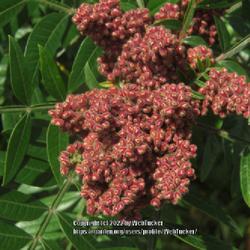
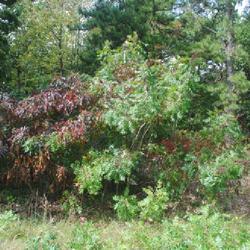
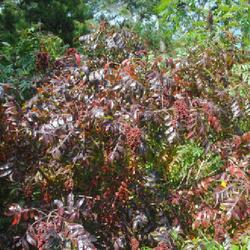
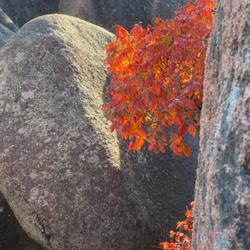
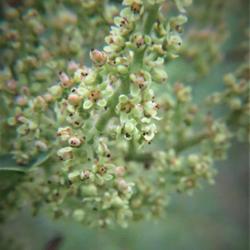
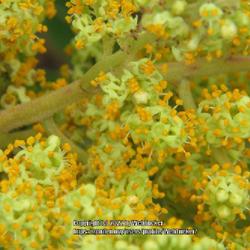
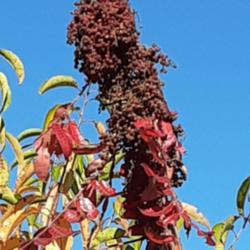
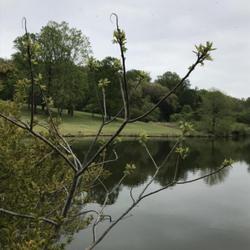
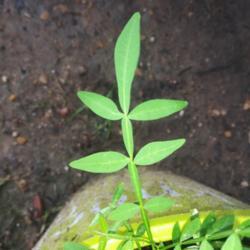
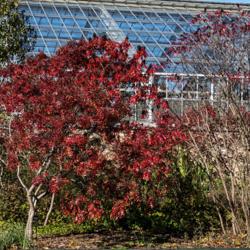
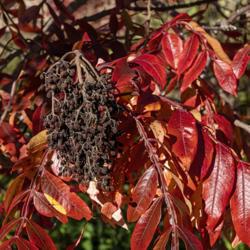


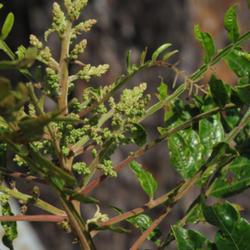
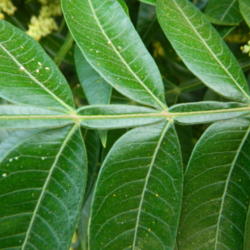

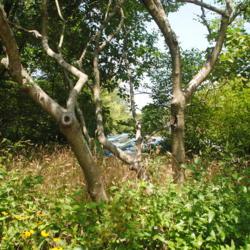
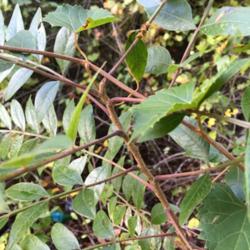
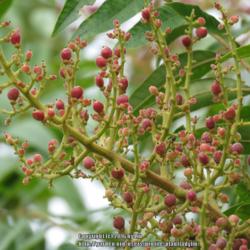

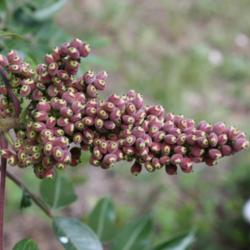
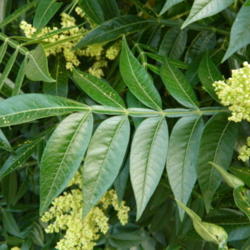
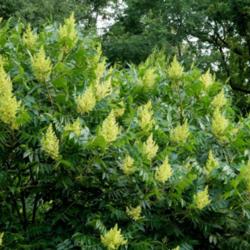
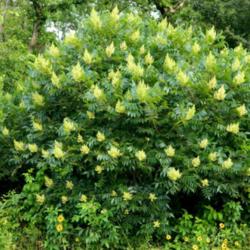
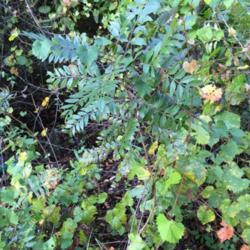


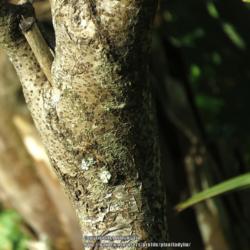

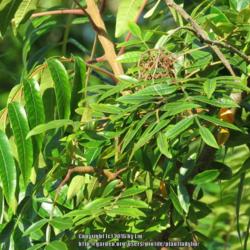
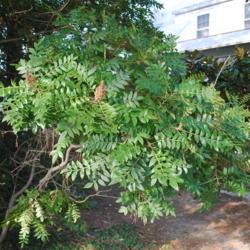


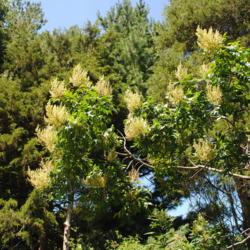

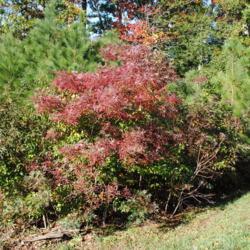
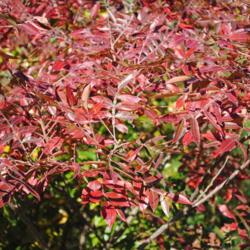
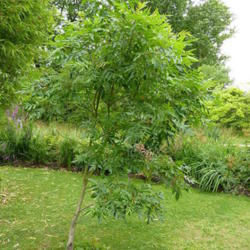
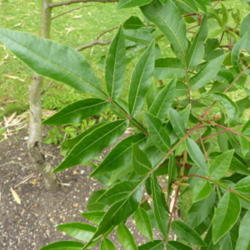

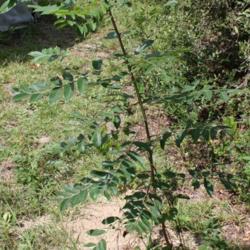
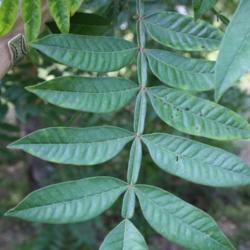
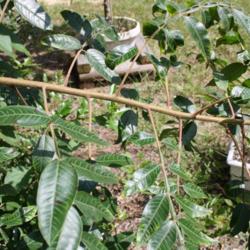
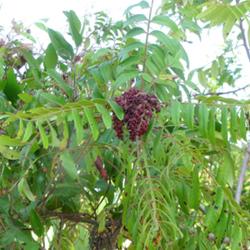
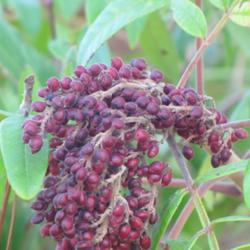
| WebTucker | On September 14, 2021 | Fruit Ripened |